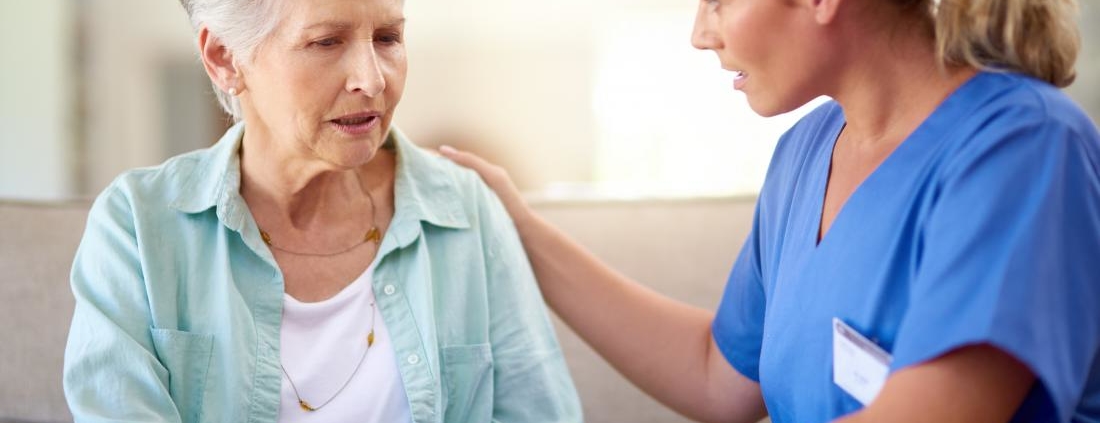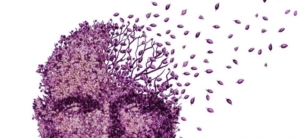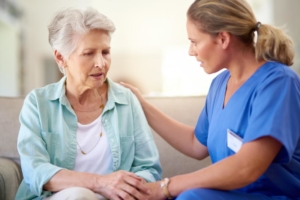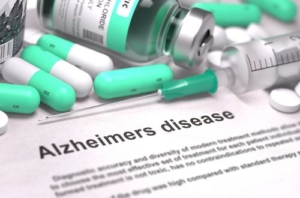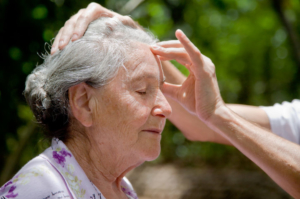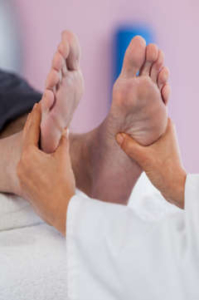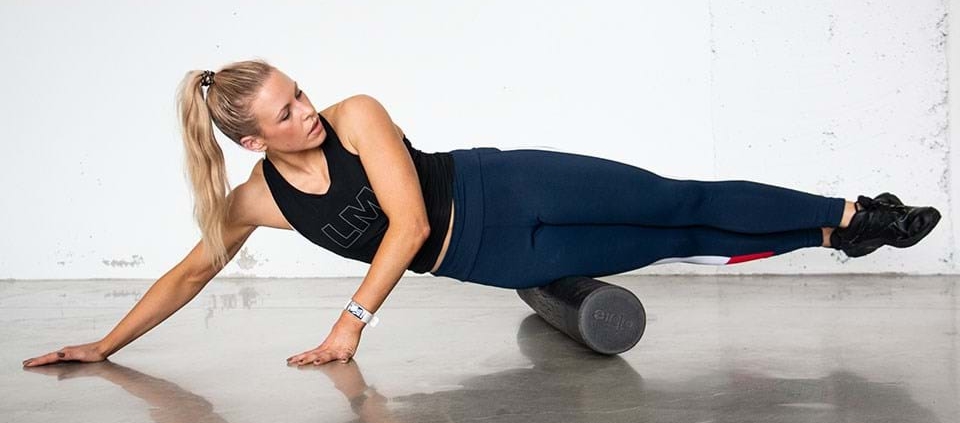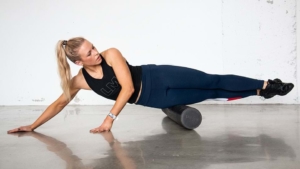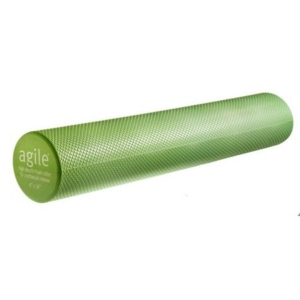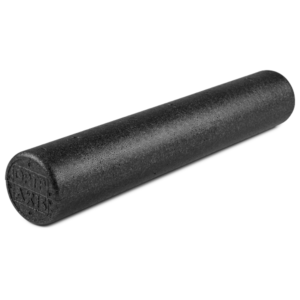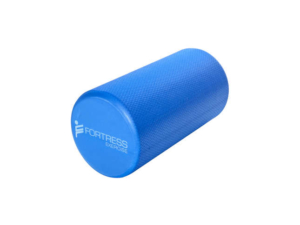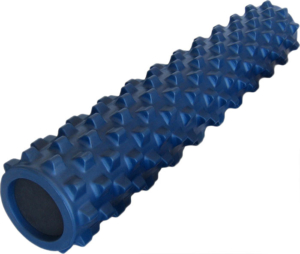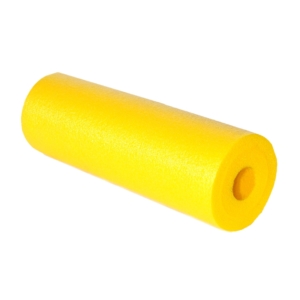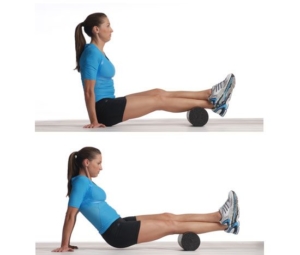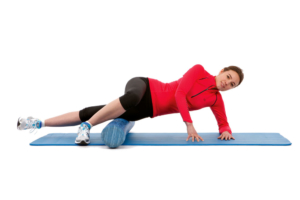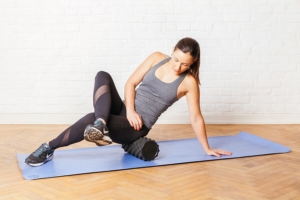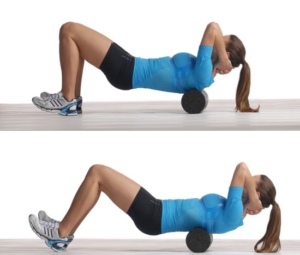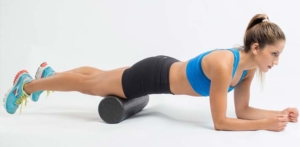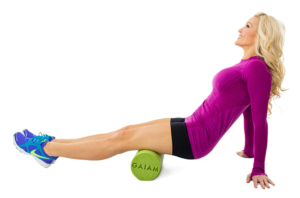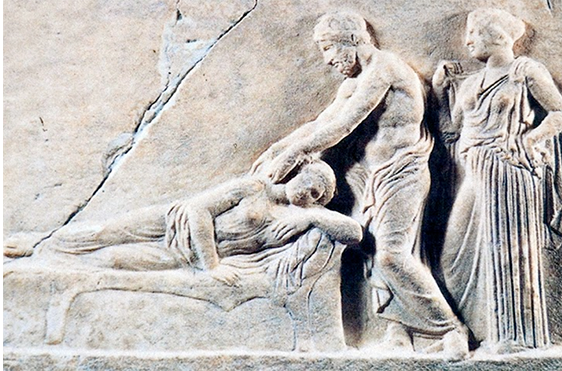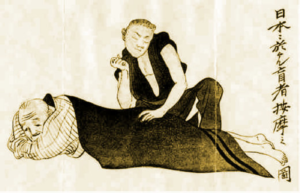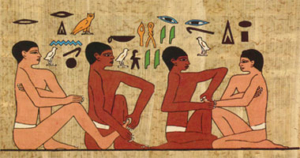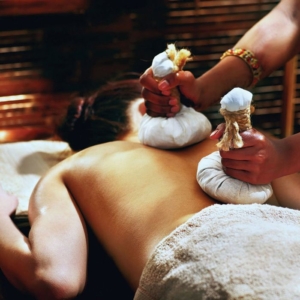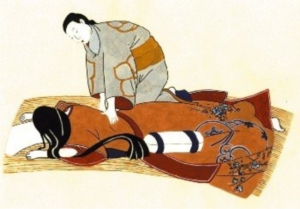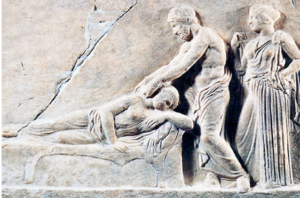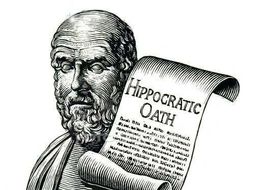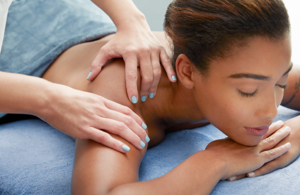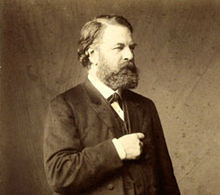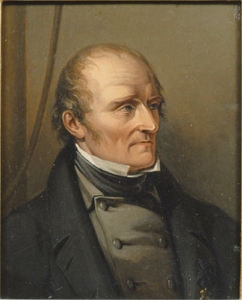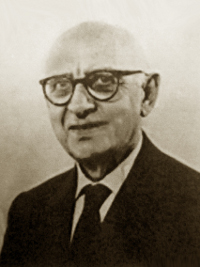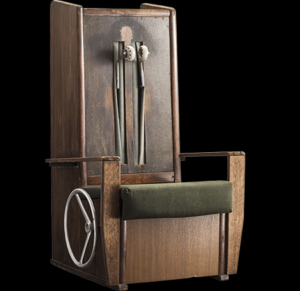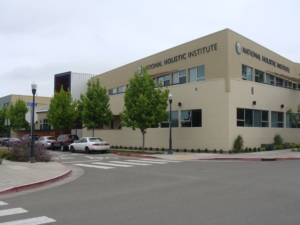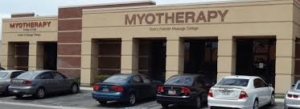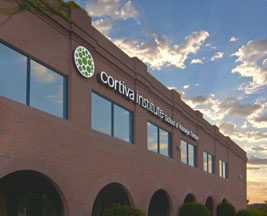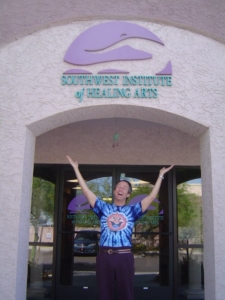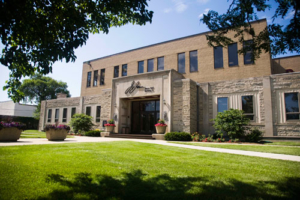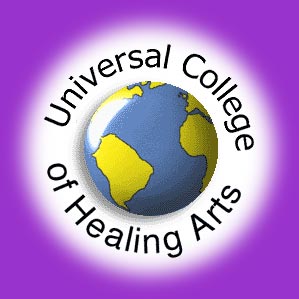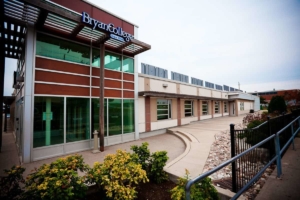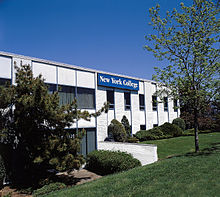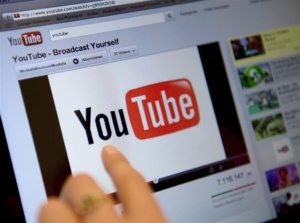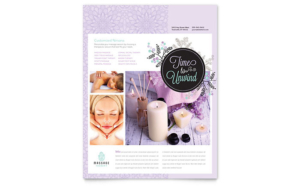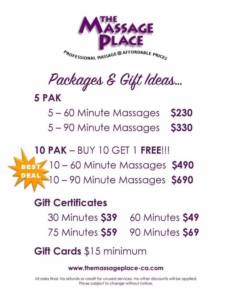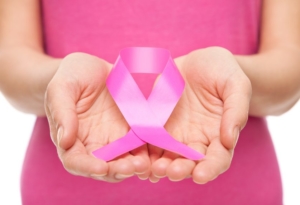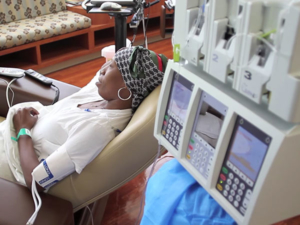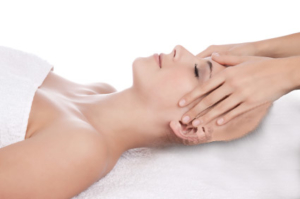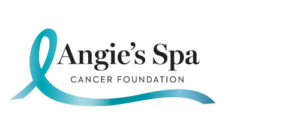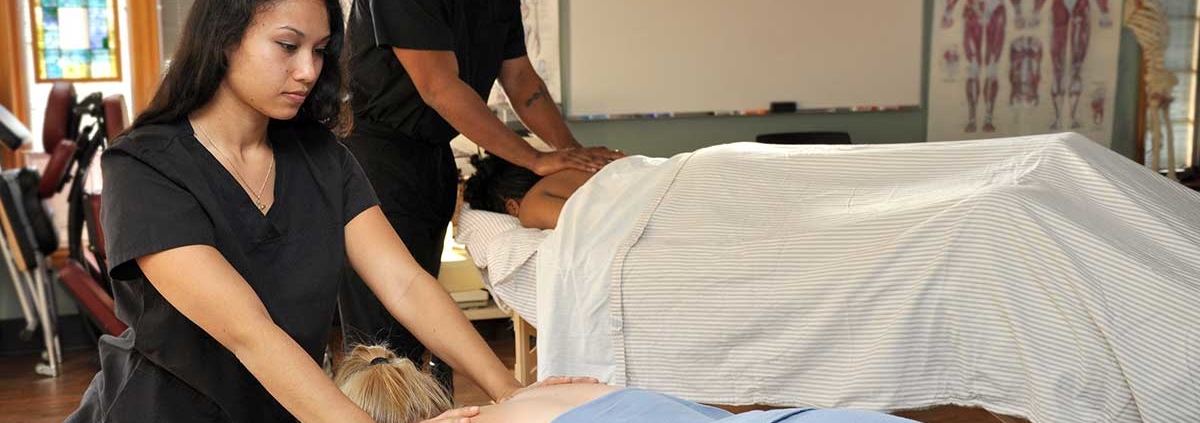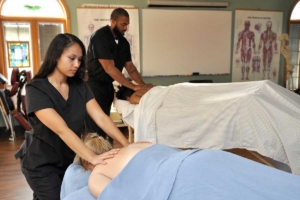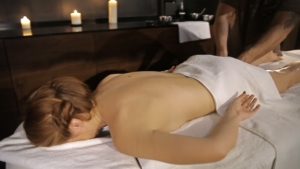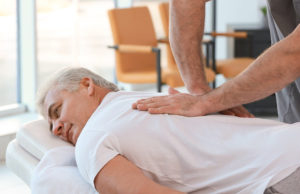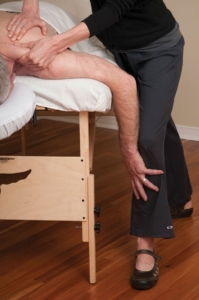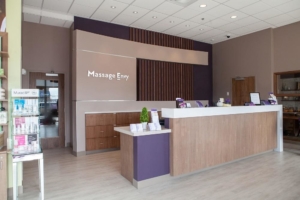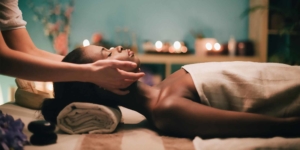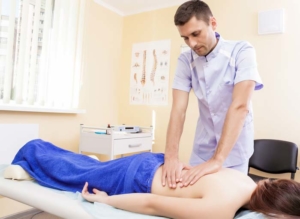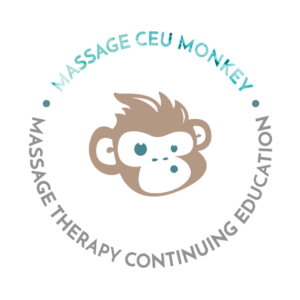Massage Therapy Continuing Education – Recent Research Studies
Using Pressure Massage for Achilles Tendinopathy: A Single-Blind, Randomized Controlled Trial Comparing a Novel Treatment Versus an Eccentric Exercise Protocol, 2019.
In this 2019 research study, researchers aimed to determine if pressure massage was a successful treatment option on the calf muscles for treating Achilles Tendinopathy. Researchers also wanted to compare pressure massage with Eccentric exercises, which is the current treatment plan for patients with Achilles Tendinopathy. The main goals were to see if pressure massage is proportionate in its capability to helping with pain reduction time and also, to see if pressure massage could surpass the success of Eccentric exercises for the treatment of Achilles Tendinopathy. This study consisted of 60 patients who had Achilles Tendinopathy. These patients were divided into three groups: group 1 received eccentric exercise treatments, group 2 received pressure massage treatments, and group 3 received a combination of both treatments. The success of these treatments was deliberated by the use of the Icelandic version of the Victorian Institute of Sports Assessment – Achilles questionnaire (VISA-A-IS), a test for the pressure pain threshold, range of motion tests, and a real-time ultrasonographic scanning of tendon thickness, along with degree of neovascularization. Ultrasonographic scanning measurements were taken at 0, 12, and 24 weeks, while the other tests were taken at 0, 4, 8, 12, and 24 weeks. The outcome of the research study showed that VISA-A-IS and range of motion scores improved for both treatment options. There was no serious difference in results from any of the groups. None of the groups showed any improvement in pressure pain threshold or in the ultrasonographic scanning. In conclusion, pressure massage is just as effective as eccentric exercise in the treatment of Achilles Tendinopathy.
Impact of Massage Therapy Intervention for Pediatric Palliative Care Patients and Their Family Caregivers, 2018.
In this 2018 research study, researchers sought to examine how massage therapy would influence the symptoms and medication usage of pediatric patients receiving palliative care. Researchers also sought to discover how massage therapy would impact the caregivers of patients as well. A total of one hundred and thirty-five massages were given to patients and their caregivers, each receiving a 10-minute bedside massage. There was a noticeable difference in the children’s FLACC score, along with their as-needed pain medication usage. Along with the positive outcomes for the patients, their caregivers also showed a decrease in their distress levels. This research study demonstrated that massage is a relevant additional treatment option for pediatric patients receiving palliative care, along with being beneficial to their caregivers as well. Even the nursing staff that was present for the research study agreed that massage therapy was impactful for the patients and their caregivers.
Effects of Massage in Reducing the Pain and Anxiety of the Cardiac Surgery Critically Ill – A Randomized Controlled Trial, 2018.
Researchers in this 2018 research study sought to decide if hand massages could positively impact the pain and anxiety of the cardiac surgery critically ill. Researchers conducted this research study at an intensive care unit in Canada, using a total of 60 patients. These sixty patients all had undergone elective cardiac surgery. Before the study began, participants were scored according to their pain intensity, pain unpleasantness, and anxiety. Patients were separated into three groups, all of which included standard care: The experimental group was given two 20-minute hand massages, the active control group was given two 20-minute hand holdings, and the passive control group had two 20-minute resting periods. After each treatment, pain unpleasantness, anxiety, muscle tension, and vital signs were recorded. They were all recorded again after 30 minutes. After the completion of the treatments for the research study, researchers reported that the experimental group had experienced lower pain intensity, pain unpleasantness, and anxiety. This was significantly lower than what was reported for the active control group and the passive control group. There was no difference in any of the groups for the vital signs. The outcome of this research study justifies that a 20-minute hand massage along with routine postoperative pain management can benefit the patient’s pain intensity, pain unpleasantness, and anxiety.
Effects of Geranium Aromatherapy Massage on Premenstrual Syndrome: A Clinical Trial, 2018.
In this 2018 research study, researchers wanted to test if aromatherapy massages would be an adequate treatment option for women dealing with premenstrual syndrome. 120 people participated in this study for a total of 8 weeks. Researchers used the essential oils geranium 2% in almond oil and sweet almond oil was used for both the aromatherapy massage and the massage group. The women were separated into three groups: group 1 received an aromatherapy massage, group 2 received a regular massage, and group 3 was a control group. The massage groups were given massages with the effleurage technique, along with 8 ml of oil on the abdomen and the arm. In both the essential oil group and the massage group, the participants gave themselves a 30-minute massage every week for 8 weeks. The essential oil group used the essential oils in addition to the sweet almond oil, while the massage group only used the sweet almond oil, which worked as a placebo effect. At the end of every month, a daily record of symptoms form was collected from the participants. At the end of the study, there was only 115 participants as 5 were excluded after too many absences. Results showed that both the massage and the essential oil massage group improved the physical and mental symptoms of the participants, while the control group did not show any improvement.
Massage as Adjuvant Therapy in the Management of Post-Cesarean Pain and Anxiety: A Randomized Clinical Trial, 2016.
In this 2016 research study, researchers aimed to assess if massage would be a favorable treatment option for patients who have recently undergone a cesarean section to help control their pain and anxiety. Researchers used a total of 156 women for this research study. They were divided into three groups: group 1 received hand and foot massages, group 2 received foot massages, and group 3 was a control group. Before the treatments began, researchers assessed the patient’s pain, vital signs, and the current level of anxiety they were experiencing. These were also assessed again directly after receiving their treatment and again 90 minutes after their treatments. The conclusion of this research study showed that both massage groups showed a decrease in the severity of their pain, along with patient’s blood pressure and their respiration rate. Anxiety levels also decreased drastically. Massage therapy was proven to be an effective treatment option for managing post-cesarean pain and anxiety.
Massage Therapy Decreases Pain and Perceived Fatigue After Long-Distance Ironman Triathlon: A Randomized Trial, 2016.
This 2016 research study investigated whether or not massage therapy was a valuable treatment for the pain and fatigue that is associated with long-distance running, in this case, a triathlon. Researchers gathered 74 athletes who had participated in an entire Ironman triathlon race and was experiencing pain in their thigh, around the anterior area. Participants were separated into two groups: one group was given massage on their quadriceps, while the other group was just to rest while sitting. Researchers used a visual analogue scale and pressure pain threshold to determine if the massage therapy was successful. The massage group showed promising results in massage therapy treatment for the participant’s pain and fatigue, proving that massage therapy is an effective treatment option for decreasing pain and fatigue in people who have completed a triathlon.
The Effects of Ear Acupressure, Massage Therapy, and No Therapy on Symptoms of Dementia: A Randomized Controlled Trial, 2014.
Researchers in this research study sought to determine if ear acupressure and massage were beneficial to improving the pain, anxiety, and depression in patients with dementia. Researchers had 120 elderly patients that were diagnosed with dementia in this research study. These patients were separated into three groups: ear acupressure, massage therapy, and the control group was to continue their daily activities with no intervention. Researchers used Doloplus2, Cornell, and Campbell scales to weigh the outcomes of each group. The study lasted for five months, which only 3 of those 5 months the patient received treatment. The remaining two months no treatments were involved. A total of 9 patients ended up not completing the study, leaving a total of 111 participants that successfully completed the study. The results of the research study showed that ear acupressure and massage both significantly improved the pain and depression aspects of the patient’s dementia symptoms. As for the anxiety, it did not improve until the third month of the treatment. While ear acupressure did produce better improvement results, massage therapy was also successful in improving symptoms of dementia and can be a useful treatment option for patients.

